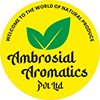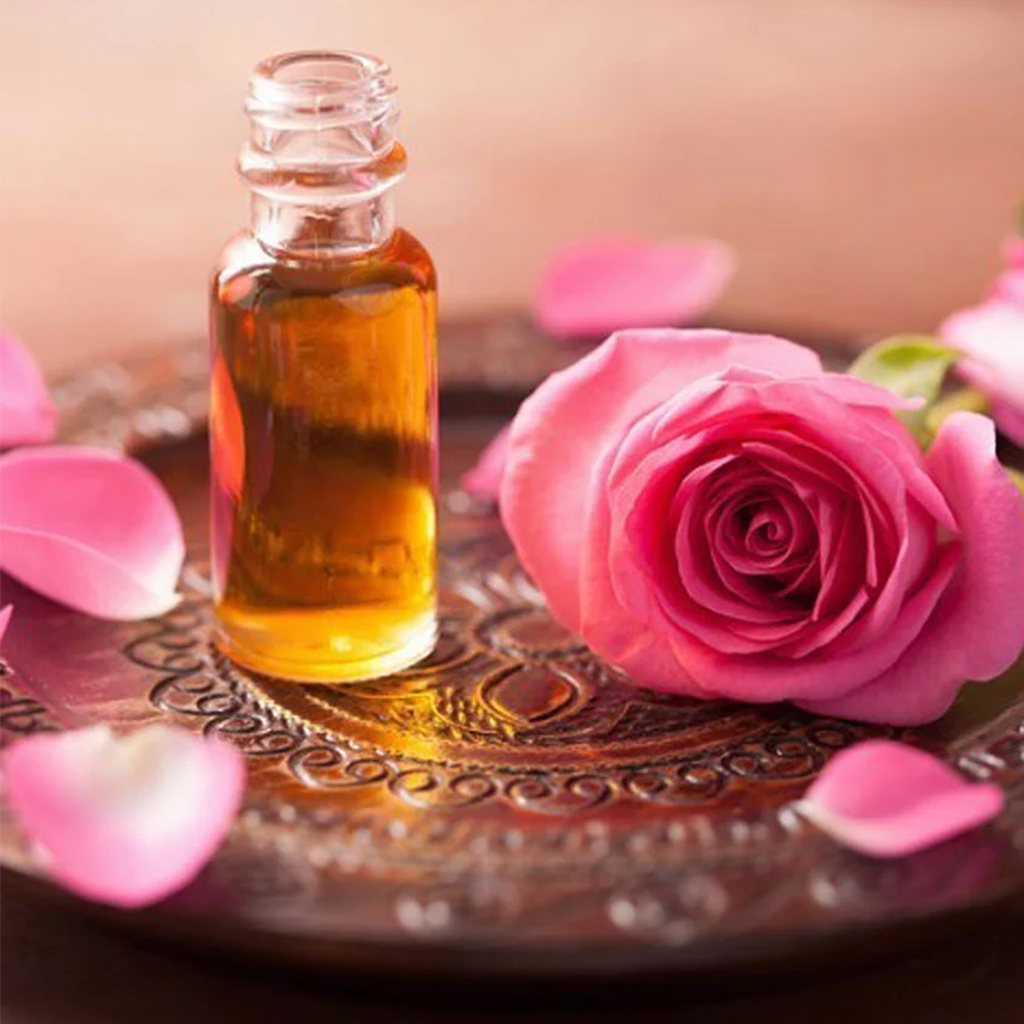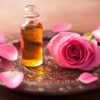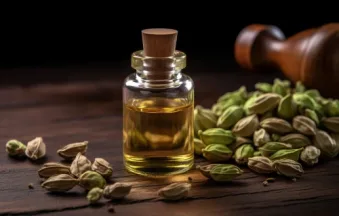The Allure of Rose Extract Absolute Oil: A Comprehensive Guide
Rose extract absolute oil, often simply referred to as rose absolute, is one of the most luxurious and sought-after essential oils in the world. Renowned for its exquisite fragrance and therapeutic properties, rose absolute is a staple in high-end perfumery and skincare. This article provides a detailed look at the types of rose extract absolute oil, its scientific background, and its uses.
Types of Rose Extract Absolute Oil
Rose extract absolute oil is derived from several species of roses, each offering distinct aromatic profiles and properties. Here’s an overview of the most notable types:
1. Rose Damask Absolute
- Scientific Name: Rosa damascena
- Origin: Primarily from Bulgaria and Turkey.
- Characteristics: Known for its rich, complex fragrance with notes of honey, fruit, and a hint of spice. It is highly valued in perfumery for its deep, floral aroma.
2. Rose Centifolia Absolute
- Scientific Name: Rosa centifolia
- Origin: Mostly from Morocco and parts of France.
- Characteristics: Offers a lighter, fresher scent compared to Rose Damask, with a more delicate, sweet floral aroma. It’s often used in luxury perfumes and skincare products.
3. Rose Otto Oil
- Scientific Name: Rosa damascena
- Origin: Similar to Rose Damask Absolute, but extracted via steam distillation.
- Characteristics: While not technically an absolute, Rose Otto is often compared with Rose Absolute due to its similar scent profile. It is known for its pure, intense floral fragrance.
Scientific Description of Rose Extract Absolute Oil
Plant Species: Rosa
Family: Rosaceae
Species: The primary species used for rose absolute are Rosa damascena (Damask Rose) and Rosa centifolia (Cabbage Rose). These species are cultivated for their highly aromatic flowers.
Botanical Description:
Plant Characteristics: Roses are woody perennials with a variety of growth forms, including shrubs and climbers. They feature compound leaves with serrated edges, and their flowers are typically large, colorful, and fragrant.
Flowering: Rose flowers are known for their multi-layered petals and rich fragrance. The flowers bloom in a range of colors, including pink, red, and white, each contributing differently to the aromatic profile of the oil.
Extraction Method: Rose absolute is typically extracted using solvent extraction, where a solvent is used to dissolve the essential oil from the rose petals. This process results in a thick, aromatic oil that is highly concentrated. The extracted material is then refined to produce the final absolute oil.
Chemical Composition:
Rose absolute contains a complex blend of compounds, including:
- Monoterpenes: Geraniol and citronellol, which contribute to the floral and citrusy notes.
- Sesquiterpenes: Beta-caryophyllene and alpha-humulene, adding depth and spiciness.
- Phenylethyl Alcohol: Known for its sweet, floral aroma and calming effects.
- Other Components: Linalool, nerol, and rose oxide, which contribute to the oil’s overall fragrance profile and therapeutic properties.
Therapeutic Properties:
- Emotional Benefits: Rose absolute is renowned for its calming and uplifting effects. It is often used in aromatherapy to reduce stress, anxiety, and depression.
- Skin Benefits: It has hydrating and anti-inflammatory properties, making it beneficial for dry or sensitive skin. It can help improve skin tone, reduce redness, and promote a youthful appearance.
- Perfume Use: Due to its complex and rich scent, rose absolute is a key ingredient in high-end perfumes, providing depth and a luxurious floral note.
Applications and Uses
Perfumery: Rose absolute is a cornerstone in high-end fragrances, adding depth and richness to perfume blends. It is used in both women’s and men’s fragrances, often as a base or heart note.
Skincare: In skincare, rose absolute is used in luxury creams, serums, and lotions for its moisturizing and anti-aging benefits. It is ideal for products designed for sensitive or mature skin.
Aromatherapy: The oil is used in diffusers, bath products, and massage oils to promote relaxation, emotional well-being, and a sense of calm.
Cosmetics: Rose absolute is incorporated into high-end cosmetics, including lip balms, face masks, and toners, for its fragrance and skin benefits.
Sustainability and Quality Considerations
The production of rose absolute is labor-intensive, requiring vast quantities of rose petals to produce a small amount of oil. Therefore, it is crucial to source rose absolute from reputable suppliers who practice sustainable farming and ethical production methods. Look for certifications and transparent sourcing practices to ensure the quality and sustainability of the rose absolute you purchase.












